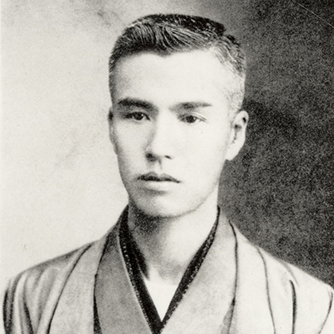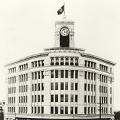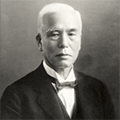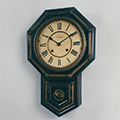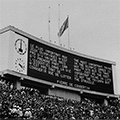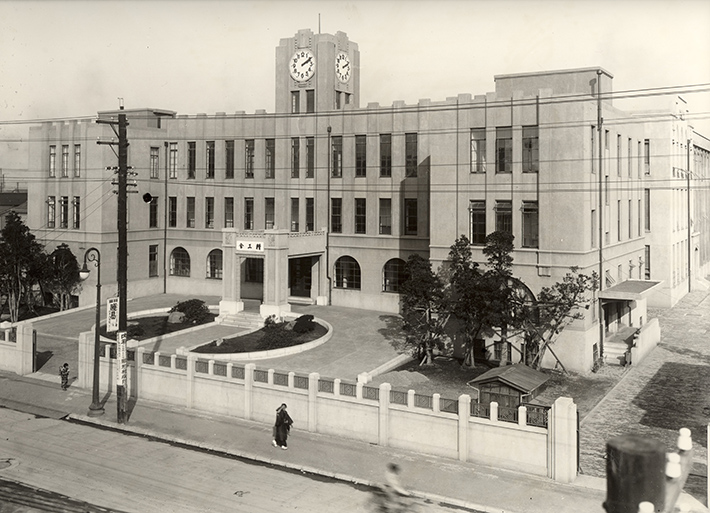
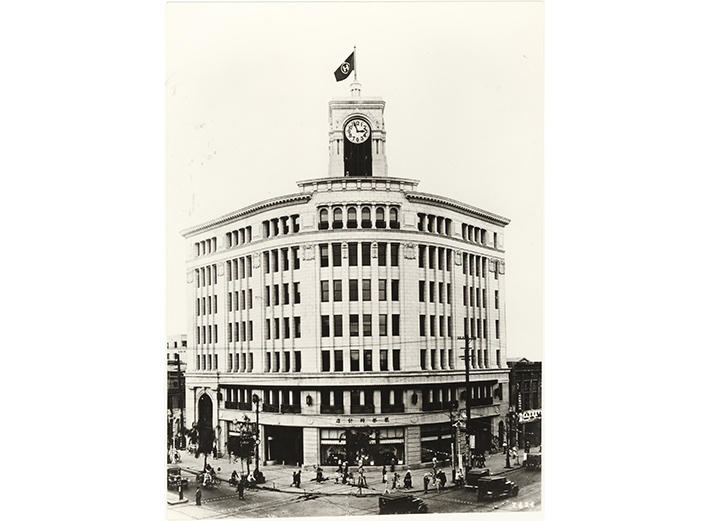
The restoration of the Seikosha Factory went smoothly. Then came the completion of the new main store building of K. Hattori & Co., in 1932. The newly constructed Clock Tower is currently the most prominent architectural heritage of the Ginza. The factory buildings were now fully restored and the main store building with the Clock Tower was revived.
A year later, in 1933, Kintaro fell ill.
In 1934, Kintaro Hattori, an entrepreneur with a profound commitment to service, a philanthropist who spent much of his personal fortune on good works and a scholarship foundation (Hattori Hokokai Foundation), passed away at the age of 73 with his family at his bedside.
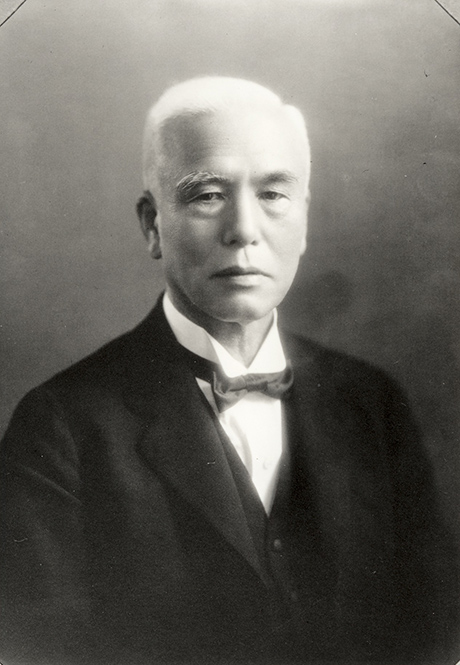
Kintaro had to overcome many difficulties before reaching his ambitious goal of establishing a timepiece industry.
Kintaro was a man with an extraordinarily strong will and astonishing endurance, a man who always stayed a step ahead, moving forward with steady determination, neither stopping nor hurrying. His spirit lives on in some words, “the World’s Brand Seiko,” the slogan of choice for Seiko when it became the official timer of the Tokyo Olympic Games in 1964, when it dominated the observatory competition in Switzerland, when it introduced the world’s first quartz wristwatch, the “Quartz Astron,” the current world standard for clocks and watches, and when it introduced the world’s first “GPS Solar Astron” in 2012.


